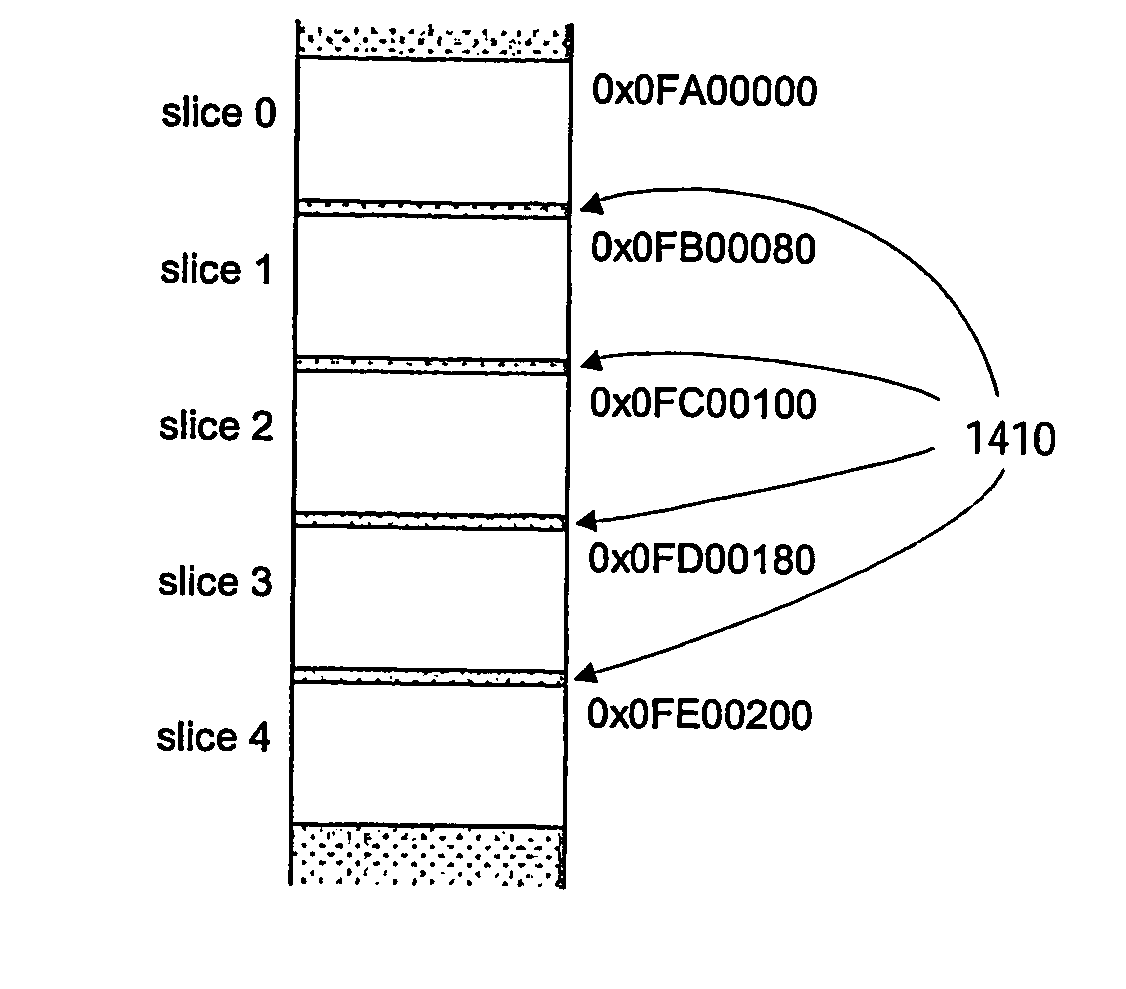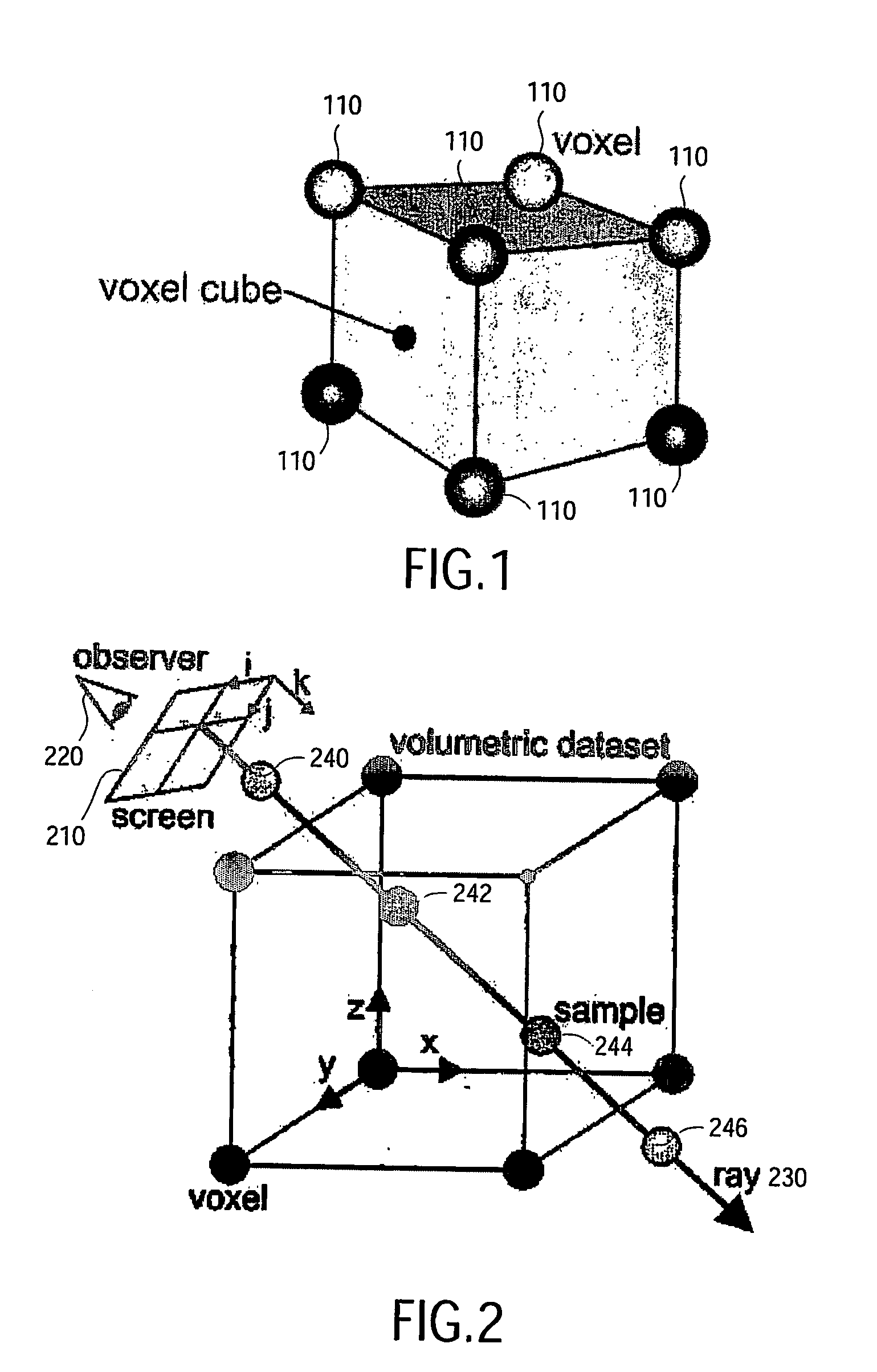Caching For Volume Visualization
a volume visualization and volume technology, applied in the field of system for visualizing a three-dimensional (), can solve the problems of complex loop control structures for simultaneous processing of multiple rays and dependence on projection directions, and achieve the effects of fast processing of sub-bundle blocks, fast access to bundle blocks, and fast access to voxels
- Summary
- Abstract
- Description
- Claims
- Application Information
AI Technical Summary
Benefits of technology
Problems solved by technology
Method used
Image
Examples
Embodiment Construction
[0041] The system for visualizing volumes and a method of doing so will be described for medical applications. It will be appreciated that the system and method can also be applied to other applications as well, in general for inspection of the inner parts and structure of all objects which can be measured with a system, characterized by the fact that processing of the measurements results in a 3-dimensional dataset (3D array of measurements) representing a (part of the) volume of the object, and in which each data element or voxel relates to a particular position in the object and has a value which relates to one or more local properties of the object, for example for X-ray inspection of objects that can not be opened easily in the time available.
[0042]FIG. 8 shows a block diagram of the system according to the invention. The system may be implemented on a conventional computer system such as a workstation or high-performance personal computer. The system 800 includes an input 810...
PUM
 Login to View More
Login to View More Abstract
Description
Claims
Application Information
 Login to View More
Login to View More - R&D
- Intellectual Property
- Life Sciences
- Materials
- Tech Scout
- Unparalleled Data Quality
- Higher Quality Content
- 60% Fewer Hallucinations
Browse by: Latest US Patents, China's latest patents, Technical Efficacy Thesaurus, Application Domain, Technology Topic, Popular Technical Reports.
© 2025 PatSnap. All rights reserved.Legal|Privacy policy|Modern Slavery Act Transparency Statement|Sitemap|About US| Contact US: help@patsnap.com



